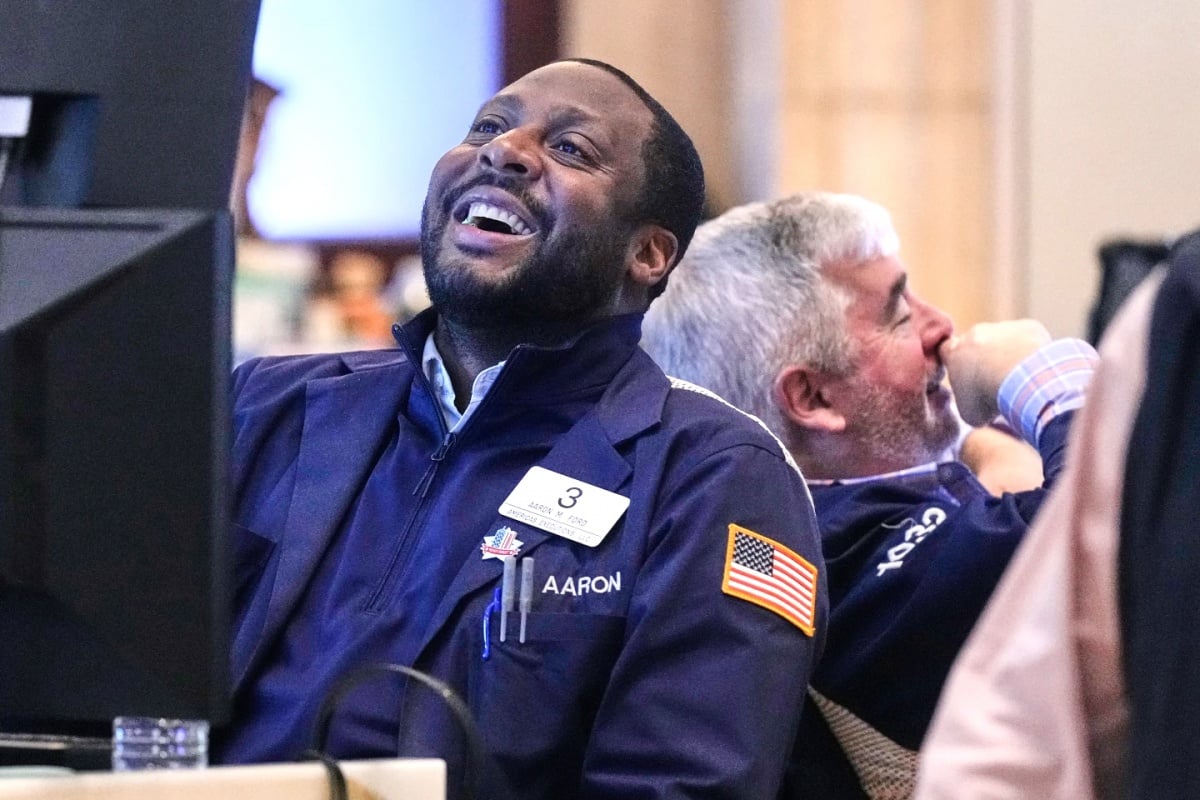 |
| Stocks soar, Dow jumps 660 points, S&P approaches historic peak |
Investors received a series of mixed economic data, but most interpreted it as giving the Fed more room to ease policy at its December meeting. Along with that, technology stocks, especially those related to artificial intelligence (AI), have recovered strongly, becoming an important driving force to help the market break out.
At the close, the S&P 500 rose 0.9%, or 60.76 points, to 6,765.88, just 1.8% away from its all-time high. The Dow Jones Industrial Average jumped 664 points, or 1.4%, to 47,112.45, its biggest gain in recent memory. The Nasdaq Composite also rose 153.59 points, or 0.7%, to 23,025.59. Notably, the Russell 2000, which represents small-cap companies, rose 2.1%, outperforming the large-cap group.
The main driver of the market has been a sharp decline in US Treasury yields. Lower interest rates reduce the cost of capital for businesses, boost stock valuations and reinforce expectations that the Fed will continue easing policy. Traders now see an 83% chance of a rate cut in December, according to CME Group, a significant increase from just a week ago when the probability was almost 50-50.
The shift in market expectations comes from a series of economic data released today: September retail sales were weaker than expected; November consumer confidence fell more than expected; while wholesale inflation rose slightly but core inflation cooled. This creates the argument that the US economy may have begun to slow enough for the Fed to step in.
“A pause in rate cuts could hurt sentiment more than a cut would help,” said Brian Jacobsen, chief economist at Annex Wealth Management, who said the Fed is likely to ease again on December 10, after cutting rates twice earlier this year to support the weakening job market.
Small-cap stocks are clearly benefiting from the potential fall in interest rates. Many of these companies rely on debt to finance their expansion, so the lower cost of capital has improved their growth prospects significantly. This is also why the Russell 2000 led the day's gains.
Many retail stocks also rose sharply after reporting better-than-expected results. Abercrombie & Fitch soared 37.5% after reporting better-than-expected earnings and raising its full-year outlook. Kohl's surprised with a profit in its most recent quarter, defying expectations for a loss, sending its stock up 42.5%. Best Buy rose 5.3% after raising its full-year profit forecast, helped by solid sales of computers, phones and video games. Dick's Sporting Goods reversed a positive trend, from a 4% drop to a slight gain of 0.2% after improving its Dick's store outlook, although the Foot Locker acquisition still needs time to "clean up" operations.
Tech and AI stocks continued to dominate the market. Alphabet rose 1.5% on strong expectations surrounding its Gemini AI model, continuing its recent rally. Alibaba, on the other hand, fell 2.3% despite better-than-expected revenue, as earnings missed forecasts and early gains were wiped out.
Meanwhile, chip stocks were under pressure after news that Meta Platforms was considering buying AI chips from Alphabet instead of some of its current suppliers. Nvidia fell 2.6% and Advanced Micro Devices fell 4.1%, reflecting concerns about increasingly fierce competition in the AI field.
Despite the strong gains in the US stock market on November 25, many experts warn that the rally is largely based on interest rate expectations, which can change quickly when new economic data is released. The dependence on a few large technology stocks also increases the risk of divergence, especially in a period when market sentiment is sensitive to information about inflation and monetary policy.
In addition, US consumption remains a volatile variable. Signs of slowing demand, weak retail sales, and weakening consumer confidence could weigh on discretionary stocks and spread to the broader market if the trend continues.
Overall, the November 25 session brought a strong bounce for Wall Street, with encouraging consensus across the Dow Jones, S&P 500 and Nasdaq. Hopes for lower interest rates and a return of money to technology stocks helped bolster sentiment, but the rally is still more of a hope than a certainty.
As a stock market reporter, I believe that the developments in the coming week, especially the new economic data from the US on retail sales, manufacturing, inflation and consumer confidence, will play a key role. These data will determine whether the current rally is sustainable or just a short-term "bounce" before the market finds a new equilibrium.
Source: https://thoibaonganhang.vn/dow-jones-bat-tang-660-diem-nho-ky-vong-fed-giam-lai-suat-174177.html





![[Photo] VinUni students' emotions are sublimated with "Homeland in the Heart: The Concert Film"](/_next/image?url=https%3A%2F%2Fvphoto.vietnam.vn%2Fthumb%2F1200x675%2Fvietnam%2Fresource%2FIMAGE%2F2025%2F11%2F26%2F1764174931822_10-3878-jpg.webp&w=3840&q=75)
![[Photo] Close-up of heavy damage at the school located on the banks of the Ban Thach River](/_next/image?url=https%3A%2F%2Fvphoto.vietnam.vn%2Fthumb%2F1200x675%2Fvietnam%2Fresource%2FIMAGE%2F2025%2F11%2F26%2F1764152130492_ndo_bl_img-8188-8805-jpg.webp&w=3840&q=75)

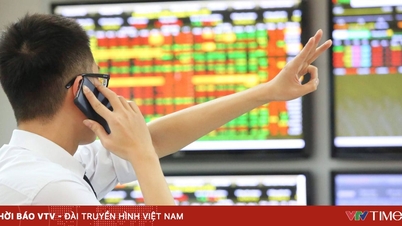



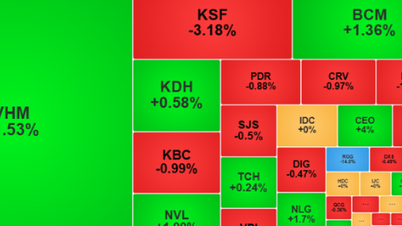



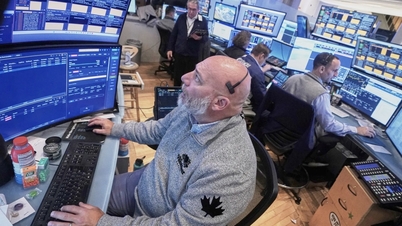


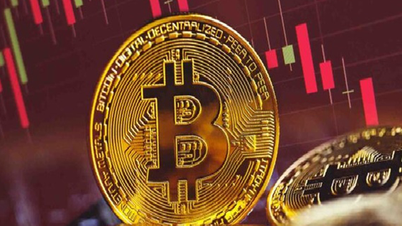




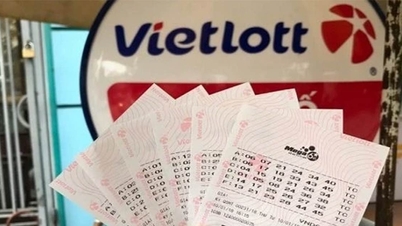






















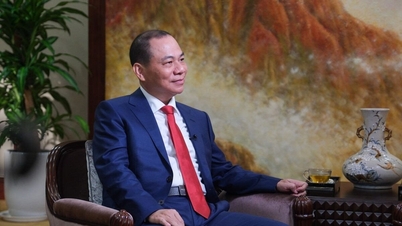




























![[Photo] Opening of the 28th Session of the Hanoi People's Council](https://vphoto.vietnam.vn/thumb/402x226/vietnam/resource/IMAGE/2025/11/26/1764155991133_image.jpeg)































Comment (0)